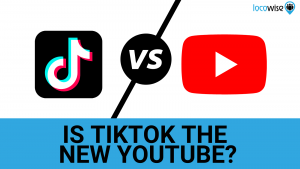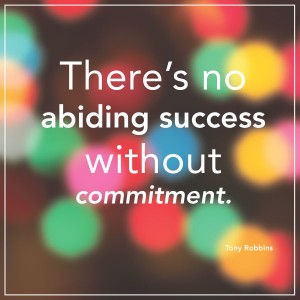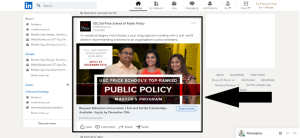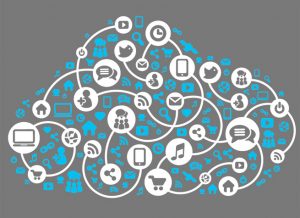Happy customers translate to successful organizations. But in their quest for the optimal Customer Experience, or “CX,” most organizations ignore the most critical piece in the process—the Employee Experience, or “EX.”

Companies are upping their games when it comes to CX. And, if done correctly, it can pay huge dividends. In fact, even incremental improvements of just one point in CX scores can result in huge revenue increases. That’s $ 65 million in extra annual revenue for a hotel chain, $ 118 million for an auto brand, and a staggering $ 175 million per year in new revenues for a wireless provider.
There’s a lot of money being thrown at getting CX right. The market for CX management services and technology is expected to grow from $ 4.36 billion to $ 10.77 over the next five years. Yet, just 37 percent of businesses surveyed report that they are able to link these customer experience activities to increased revenue or cost savings. That’s a lot of wasted money in a potential goldmine.
The problem isn’t that they are going after revamping CX; it’s that they are going about it the wrong way. In their quest for a superlative CX, they forget that CX is really about EX.
A Poor Customer Experience
Last year, I stopped by a neighborhood bakery for an apple fritter. As I approached the empty sales counter, I watched as a manager chided a teenage employee. His body motions were animated and disturbing, but paled in comparison to his rather offensive language.
The manager and the young employee noticed me, and the teen came to the counter. Her first words were, “What do you want?” Not, “Can I help you?” or “Would you like a free sample?” No, it was a terse “What do you want?”
Taken aback, I was just about to comment on the teen’s lack of caring, but stopped short when I realized something important: My CX really wasn’t the fault of the poor teen in front of me. She was just the relay between the bakery and me, the customer. My poor CX was a direct result of her poor EX.
I left, without buying the best apple fritter in town, but not before laying into the manager for his lack of understanding of both the customer and the Employee Experience. As a side note, the bakery was closed six months ago, and has not reopened.
This experience is far from unique. We all have near-endless accounts of both positive and negative examples of our own CX. But recent press has made this even more apparent with stories of CX disasters.
A Poor Employee Experience
Take Chipotle. Between November of 2015 and January of 2016, Chipotle customers were hit by a much-publicized E. coli outbreak, sickening 55 people in 11 states. Chipotle temporarily closed dozens of restaurants, and locked the doors of more than 1,900 restaurants for one day to address safety concerns. The exact cause of the outbreak was never clearly identified. Chipotle stock took a dive of nearly 30%.
But, there’s more to Chipotle’s woes. Chipotle concerns don’t stop at the CX. In 2014, a handful of Chipotle workers filed suit against the company for allegedly forcing employees into working overtime, without getting paid. Since that time, nearly 10,000 Chipotle employees have joined the suit. What does that say about the EX?
While I’m certainly not trying to draw a link from unpaid overtime to E. coli, it does appear Chipotle has some work to do on both sides of the equation.
More? Sure.
Take a look at Wells Fargo and their recent series of bungles. The bank was found to have opened accounts and credit cards for its customers, without the customers’ knowledge. It then collected fees from these fake accounts.
The bank had created a culture that not only allowed employees to defraud customers, many employees felt they were required to do so in order to keep their jobs. Rather than owning up to their role in building this culture, however, the bank fired 5,300 employees, calling them “underperformers.”
EX = CX
Both Chipotle and Wells Fargo know better—or at least we hope so. Both were strong going into these very public struggles, and both will likely rebuild their brands. However, they won’t do it without the support of those that create the CX in the first place—their employees.
EX=CX. The Customer Experience is a direct reflection of the Employee Experience.
Business & Finance Articles on Business 2 Community(38)
Report Post






